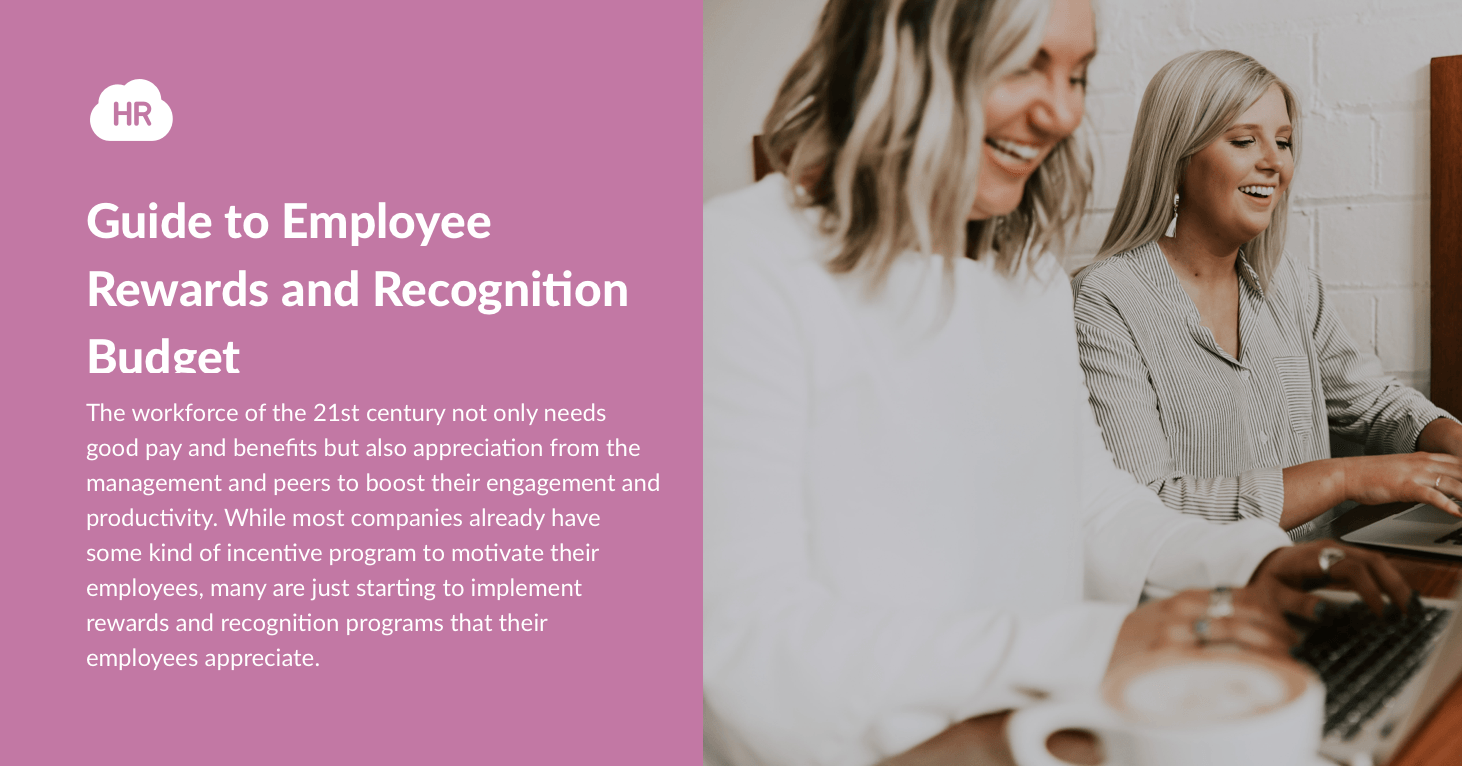The workforce of the 21st century not only needs good pay and benefits but also appreciation from the management and peers to boost their engagement and productivity. While most companies already have some kind of incentive program to motivate their employees, many are just starting to implement rewards and recognition programs that their employees appreciate. The success of such programs relies on having a robust strategy that is backed up by a steady budget. Before you go ahead with working out your employee rewards and recognition budget, it is essential to consider variables such as the overall goals, recognition methods that the employees appreciate, and the existing budget allocated. With all that said, here is how you arrive at a rewards and recognition budget:
Social Intranet Software that Encourages Employee Communication
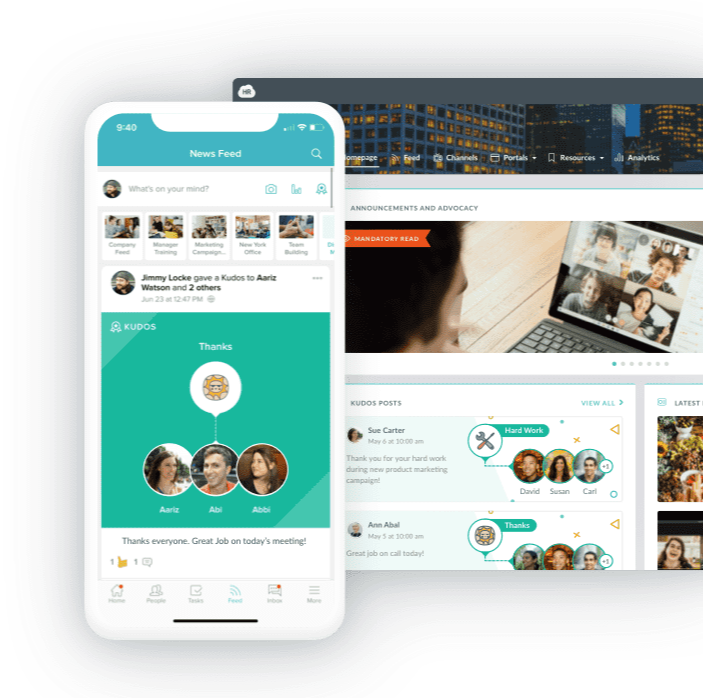
Start from existing employee recognition budget
Even companies that have no formal recognition programs have some budget allocated for rewards and recognition from employee benefits. The issue with not having a strategy is that companies might end up spending more than necessary, or in some cases, less. The rewards can be in the form of employee celebration activities, lunches, or thank you cards. The initiatives in such instances have little accountability and no tracking of the budget, making the whole process inefficient.
So how much should you spend on employee recognition realistically? One recent work survey by SHRM found that the number should be greater than 1% of the payroll. The HR professionals in the survey reported that the recognition programs were “excellent” when the budget was at least 1% or more of the payroll. Depending on the profitability some organizations might spend higher and even go up to 10% of the payroll. What is essential to understand is that rewards and recognition programs are a cost-effective way to boost employee morale and productivity and save on the losses incurred from disengagement and attrition. An added benefit is that companies can also promote themselves through job advertisements and social media that they are a desirable employer.
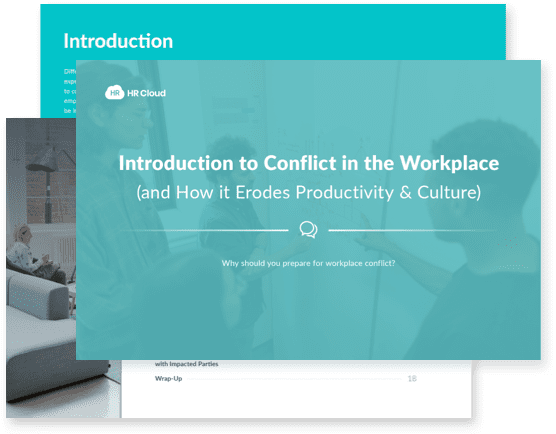
Introduction to Conflict in the Workplace
(and How it Erodes Productivity & Culture)
Consider the impact of your rewards and recognition program
If you are setting up a rewards and recognition program, it is done with the goal of making a significant impact on the employees. Consider the stats: a study by AttaCoin revealed that 88% of the respondents agreed that companies should reward employees effectively but only 41% believed that their employers did so. Going further, an effective rewards program made 90% of the respondents feel that their work made a difference. Also note that employee productivity will grow to 1.7% annually.
Effective rewards and recognition program has to be frequent, timely, specific, visible, and value-based to motivate employees to become highly engaged. And there are benefits to it; companies with employees who are highly engaged are 21% more profitable. In the same survey, it was found that 69% of employees are willing to work harder if they were better appreciated by their employers. This shows the power of recognition as it is human nature to be perceived as valued by our fellow peers. While monetary incentives are strong motivators, recognition needs to be varied and performed at different levels as was found in a recent employee engagement report. When it came to highly engaged employees, 84% of them had received recognition for going the extra mile.

Improving employee experience doesn't
need to be difficult - or expensive!
Type of Rewards and Recognition Program
Whether you have allocated based on a percentage of the payroll or set a flat amount, the recognition budget per employee can be split into any of these popular recognition programs:
Spot awards
Spot awards are popular with the new generation of the workforce as it is based on immediate recognition. The employees are awarded on the spot for a task well-done or a specific project. Spot awards are a wonderful choice when it comes to frequent and ongoing recognition. They help to recognize and reinforce behaviors and efforts that are valued by the company.
Performance recognition
Performance recognition relies on the output of employees and they are a great way to boost engagement in teams. The recognition rewards motivate employees to reach targets be it in sales or in other programs such as safety or wellness initiatives. Performance recognition also relies heavily on reinforcing expected behaviors through rewards.
Social recognition
Social recognition appeals to our need to be appreciated and rewarded by the group. It can also be used as a way to reinforce organizational culture. Platforms for social recognition allow all the initiatives to be visible in one place and employees earn points that can be redeemed in the form of gifts or merchandise. This form of recognition has gained more popularity since the work-from-home culture became the norm.
Service awards program
This is the traditional model of appreciation that has been around for decades. With a service awards program, employees are recognized for their long service to the organization. It is known to improve employee retention as studies show that a milestones program makes employees in the US stay for an average of two more years.
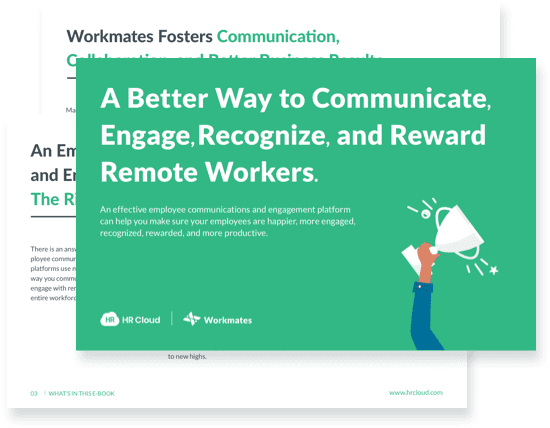
To learn even more about managing remote teams and keeping employees working at home highly engaged, download our ebook now.
Download nowOther recognition ideas on a budget
To diversify your rewards and recognition program, you can also try:
-
Perks and Benefits: Non-monetary benefits seem to have even more impact on employees than cash prizes. Offering gift cards or coupons for their favorite brand adds a personal touch to the rewards program. Benefits on specific brands, restaurants, eCommerce multi vendor marketplaces, fitness centers, and digital rewards are good places to start.
-
Anniversary/Festival Incentives: Gifts for anniversaries is how the company can demonstrate their appreciation for the employee’s tenure. Gifts on festive occasions such as birthdays, festivals, and the birth of children also add a thoughtful, personal touch.
-
Social media appreciation: Apart from the recognition you give the employee on the company’s internal platform, recognition on popular social media platforms can go a long way in boosting the employee’s morale. Recognition of achievement on a social media platform where friends and family of the employee can view the appreciation is a great self-esteem booster.
-
Peer-to-peer recognition: Having their peers appreciate them for a job well-done is sometimes more effective than having the higher management do the same. Peer-to-peer recognition is known to boost employee engagement.
“Our staff has praised the increased communications level Workmates delivers. We use it to communicate important project matters and give staff specific ‘kudos’ or even recognize their birthdays. More importantly, we use Workmates to clarify important project details that needed rapid dissemination among the entire team.”

Important Considerations for employee rewards and recognition budget
Streamline rewards and recognition on one platform
Whether the organization has a few dozen employees or a few thousand, having a single platform to manage rewards and recognition programs is easier when it is digitized. Technology platforms help manage the programs effectively and save money over traditional ways of management. The platform helps everybody stay on the same page and gives a holistic view of the rewards and recognition program to the respective departments.
Tailor the approach for high impact
Depending on the specific goals of your department or the organization, tailor the program to fit what you want to prioritize. Since the costs can vary significantly with the type of program chosen, you need to scale the rewards and recognition efforts to match the goals. So how do you reward employees on a budget without going overboard? Use a peer-to-peer program to suit the budget instead of a festival incentive or milestone-based award. Peer-to-peer programs are highly rewarding while being low-cost per transaction.
Watch out for unforeseen costs
What catches the HR departments by surprise are the hidden fees associated with some platforms in the forms of technology fees, set up charges, and shipping and handling charges. When planning employee recognition ideas on a budget, it becomes even more important to be precise about the costs involved.
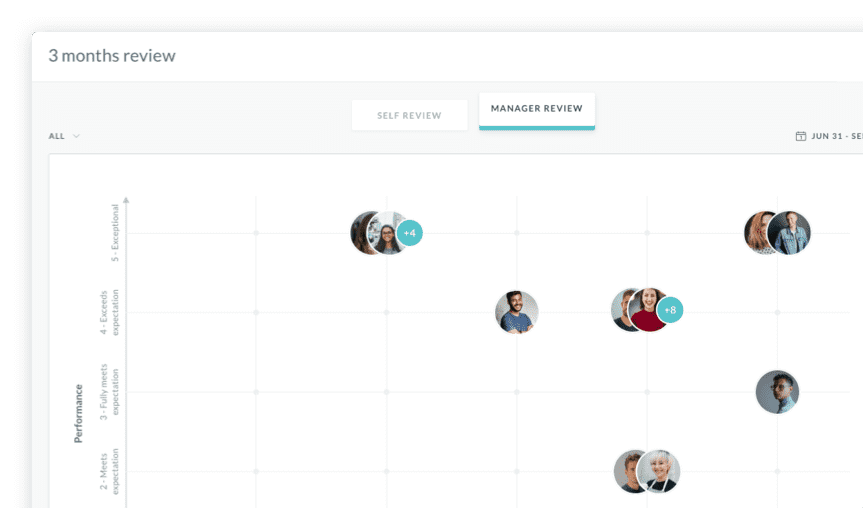
Keep Taxes in mind
To avoid a nasty surprise in the form of additional penalties slapped on your program, start your budgeting keeping taxation in mind. Cash awards and other prizes can be considered as taxable income under the law while some reward programs are exempted from it. So ensure that your tax advisor is kept in the loop from the beginning of the budgeting process. This is also the time when having a single platform to manage rewards and recognition saves tremendous amounts of time and effort by keeping the information in one place.
Spread out the employee recognition budget on different programs
When you set up your rewards and recognition program on a single platform, it becomes easier to show appreciation in many different forms ranging from social media shout-outs to highlighting accomplishments during important meetings and offering gift cards. The variation adds more meaning to the recognition and rewards employees in a manner that they are most satisfied with. Therefore spread out the budget into several programs other than the norm such as health and wellness, upskilling programs, employee referrals, and more.
Conclusion
Rewards and recognition are an integral part of the strategy to boost the morale of the modern-day workforce and make them more engaged, productive, and satisfied with their job. So how much do you budget on employee rewards and recognition such that it gives the most bang for the buck? The simplest answer is greater than 1% of the payroll. However, there are advantages to pushing it higher in organizations where recognition is at the core of the talent strategy.
Author Bio: This article is written by our marketing team at HR Cloud. HR Cloud is a leading provider of HR solutions, including recruiting, onboarding, employee engagement, and intranet software. Our aim is to help your company improve employee engagement, employee productivity, and to save you valuable time!
Keep Reading
Linking Intrinsic Rewards to Work Goals for Increased Motivation
Intrinsic rewards are psychological benefits that individuals gain from their work, such
The Science of Recognition: How Employee Awards Impact Mental Health and Productivity
People want a pat on the back for doing their job? Back in my day, we just worked quietly!

